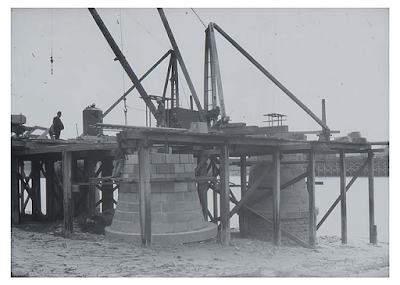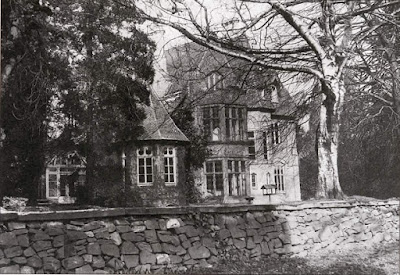The Development of Newport Docks

The Development of Newport Docks Newport Museum and Art Gallery, closed at the moment, had a photographic exhibition about the development of Newport Docks. The Newport Transporter Bridge under construction, 7 June 1903 The Newport Ship Newport's riverside wharves and jetties have existed at this major trading port since at least the fifteenth century, as evidenced by the discovery of The Newport Ship trading vessel dating from 1465-6. See David Jordan's painting below. Approaching Newport” by David Jordan The Monmouthshire Canal The town's industrial significance was established in 1799 with the opening of the Monmouthshire Canal (nprn 85125). Subsequent development made Newport docks the the outlet for all iron and coal production of the Monmouthshire Valleys of Rhymney, Ebbw, Sirhowy and Afon Llwyd. The Monmouthshire Canal Company with its canal and tramroads was responsible for the growth of Newport, which became the third largest coal port in Br...

